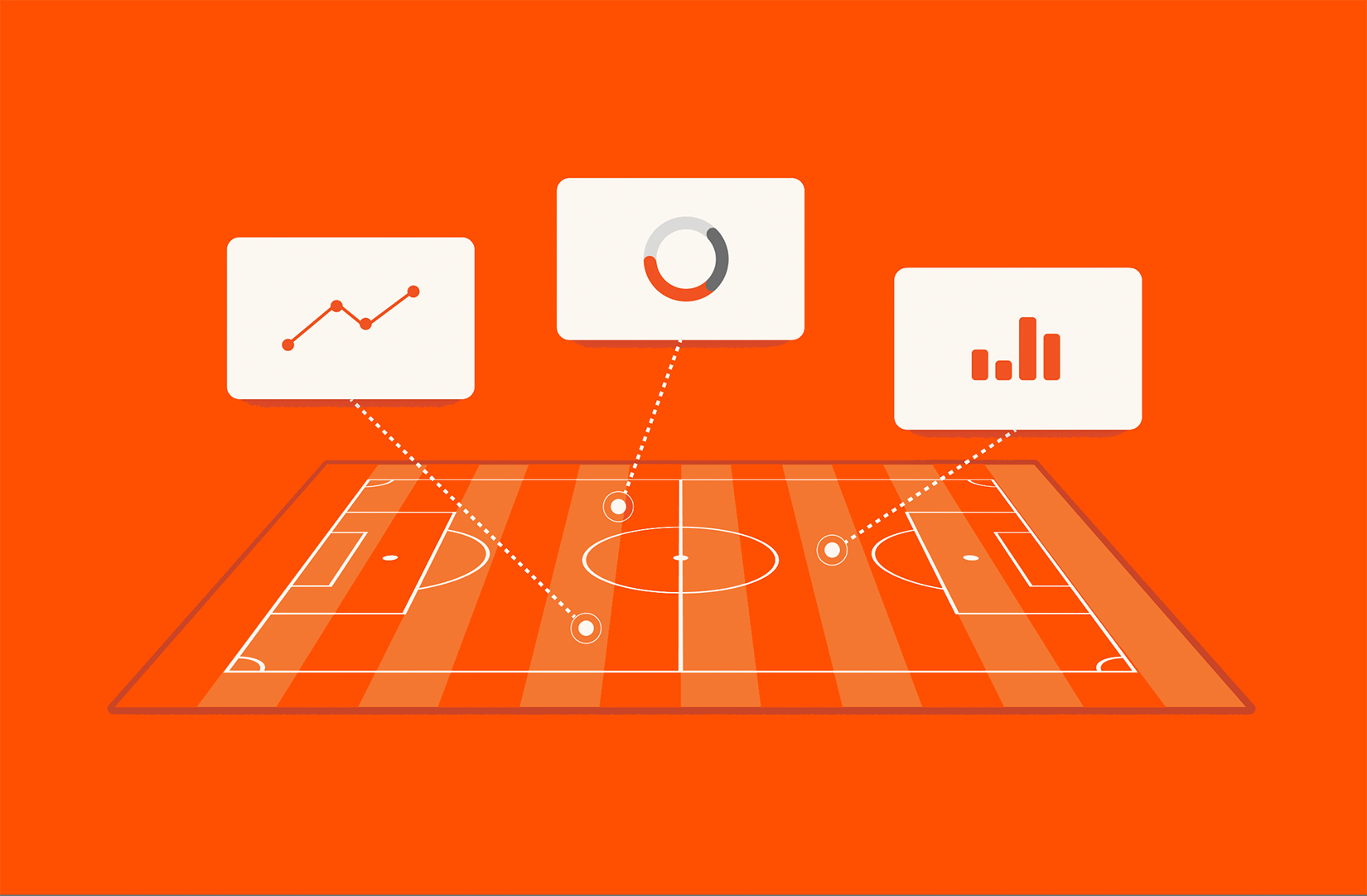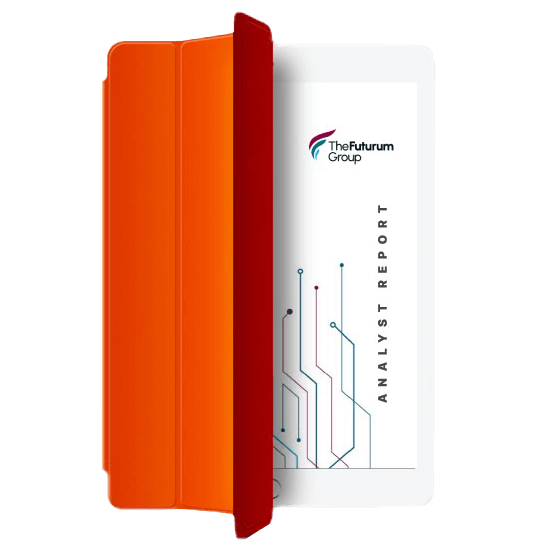Where there are games or sports, there’s data. Lots of it. Whether it’s calculating odds for a wager, gathering biometric data, tracking the outcome of a putt, or capturing a Formula One car’s performance through hundreds of sensors, data has not only transformed how we play sports but also how we watch them. As technology evolves and trends like generative AI create exciting new use cases, highly performant data storage infrastructure will be key to helping teams, networks, and spectators get the full picture.
Golf, F1, and AI
Golf might not be the sport that typically comes to mind when you think of data or AI, but if you’ve watched a broadcast recently, you’ve probably noticed everything from player stats and weather predictions to ball trajectories popping up on the screen. Real-time data points are used to indicate pitch angle, pitch speed, shot accuracy, shot distance, and more, all gathered using high-tech cameras, sensors, and ball-tracking technology to make viewing a richer, more data-driven experience.
This year, the Masters app is getting in on the game by leveraging generative AI-based features—not just for fan engagement but for improved accessibility. The app generates player-specific highlights paired with users’ preferences, adds bilingual spoken narration to clips, and delivers historical data-based odds of what could happen next based on where the ball is on the course.
The PGA has also been busy gathering shot data for some 28 million golf shots with ShotLink, which is made available in near-real time to media partners and fans. For those who can’t make it to a tournament, the PGA Tour got in on immersive, data-driven AR/XR experiences earlier this year with its Apple Vision Pro app.
And then there’s Formula One, one of the most data-driven sports on earth. The data behind the average F1 race is simply mind-blowing. As F1 Team Leader Toto Wolff himself said, “The best driver can only perform if he has access to reliable data.” The average F1 car has about 300 onboard sensors and produces 1.5 terabytes of data per race weekend and about 11.8 billion data points per season. This massive data pool is used to create predictive models that incorporate historical data to make recommendations on tiny adjustments that ultimately improve the car’s (and the driver’s) performance.
The Data behind Sports Betting
Data also comes into play for sports wagerers. Think of the movie Moneyball, where the central character was a genius number cruncher who used data to improve the team’s performance. Similarly, data can be used to make more informed sports bets, say, in golf, where a certain player may have a significantly lower accuracy for 6-meter puts versus 5.8-meter puts, or in baseball, where the plethora of data about players’ on-base percentage, hits, and error rate can all be used to make better predictions about a game’s outcome.
During March Madness, more than 17% of American adults, or about 45 million people, wagered upwards of $2.7 billion. That’s a lot of users and a lot of online brackets. By the way, the odds of someone picking all 63 March Madness winners? One in 9.2 quintillion. (A quintillion is a one followed by 18 zeros). And, chances are, even artificial intelligence won’t help your odds that much, although some data science communities and individuals are fine-tuning their own machine learning models to try.
Case Study: Sportradar
Sportradar is a Swiss-based company that collects and analyzes sports data for bookmakers, national and international sports federations, and media companies. The company used Pure Storage flash storage to improve the performance and management of storage infrastructure for its platform.
FlashArray™ rapidly delivers data to the servers while Purity ActiveCluster™ provides synchronous mirroring for data protection to meet business continuity requirements. This allows Sportradar to save a significant amount of time and effort, especially when it comes to adding new clients.
Capitalizing on Sports AI Data
There are many types of data involved in sports, in addition to that around betting and odds. All of this data is considered “unstructured” because it’s not arranged according to a preset data model and thus needs to be arranged into columns and rows to make it machine-readable and available for analysis.
There’s tremendous value in being able to rapidly process and safely store unstructured data. In baseball, gathering biometric data from players allows coaches and therapists to use movement analysis to head off injuries and keep players in action. In sports betting platforms, participants will often get “payouts.” These payouts need to happen quickly and accurately or the gaming experience will be significantly compromised. Personalized, real-time offers for platform users also requires being able to process and store massive amounts of unstructured data.
To handle all of this AI-based sports data, organizations will need a future-proofed data platform that delivers unmatched reliability, unequaled agility, and cost efficiency to be able to adapt to evolving needs. The Pure Storage data platform does just that with an AI-ready infrastructure that simplifies AI deployment and scales quickly and efficiently, so that data teams can stay focused on delivering valuable insights instead of managing IT. In other words, it’s a win-win for sports fans who want instant access to data, as well as businesses within the sports betting industry who are profiting from it.

Written By:
Data MVP
Tackle unstructured data growth forever with Pure Storage.








